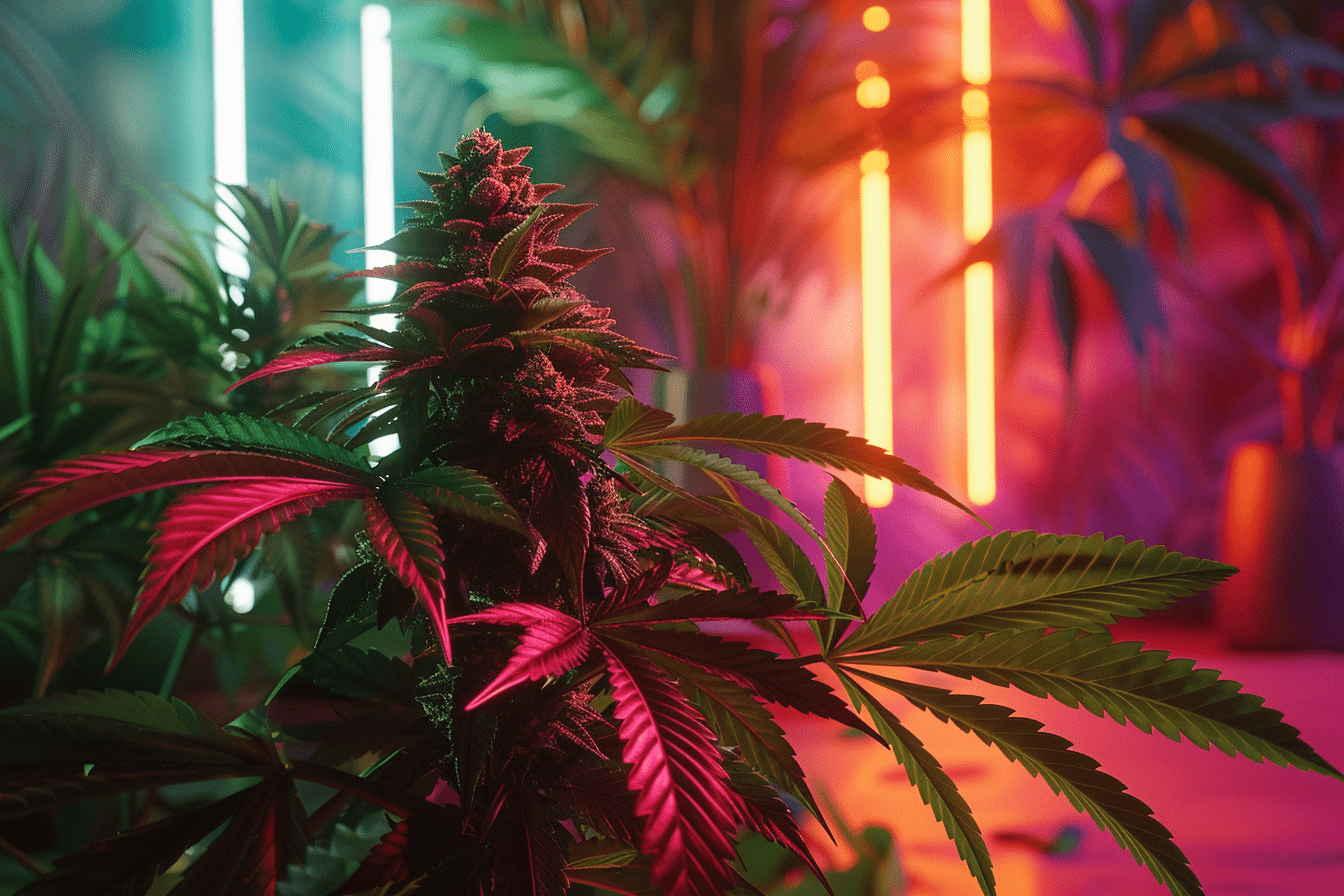
CBD Flower Extraction Methods: What Retailers Should Know
CBD Flower Extraction Methods: What Retailers Should Know
As the CBD market continues to expand, retailers need to be well-informed about the various extraction methods used to produce CBD products. Understanding these methods is crucial for ensuring product quality, efficacy, and safety, which in turn helps build trust with your customers. This blog post will delve into the primary CBD flower extraction methods, detailing their processes, benefits, and drawbacks.
1. Solvent Extraction
Solvent extraction is one of the most common methods used to extract CBD from hemp flowers. This process involves using solvents like ethanol, butane, propane, or hexane to dissolve the plant’s cannabinoids and terpenes.
Process:
- The hemp flowers are soaked in the solvent, which dissolves the cannabinoids and other compounds.
- The mixture is then filtered to separate the plant material from the solvent solution.
- The solvent is evaporated, leaving behind the concentrated CBD oil.
Benefits:
- Efficiency: Solvent extraction is relatively quick and can process large quantities of hemp.
- Cost-Effective: This method is generally less expensive than others, making it popular among producers.
Drawbacks:
- Solvent Residue: If not properly evaporated, solvents can leave harmful residues in the final product.
- Safety Concerns: Some solvents are highly flammable and pose safety risks during the extraction process.
2. CO2 Extraction
CO2 extraction is considered the gold standard in the industry due to its ability to produce high-quality, pure CBD oil. This method uses supercritical carbon dioxide to extract cannabinoids from the hemp plant.
Process:
- CO2 is compressed at high pressure and low temperature to reach a supercritical state, where it exhibits properties of both a liquid and a gas.
- The supercritical CO2 is passed through the hemp flowers, extracting cannabinoids and terpenes.
- The CO2 is then depressurized and returned to a gas state, leaving behind the concentrated CBD oil.
Benefits:
- Purity: CO2 extraction yields pure and potent CBD oil without any solvent residues.
- Safety: CO2 is non-toxic and non-flammable, making the process safer.
- Versatility: The method allows for precise control over temperature and pressure, enabling the extraction of specific cannabinoids and terpenes.
Drawbacks:
- Cost: The equipment required for CO2 extraction is expensive, making it a costly process.
- Complexity: The method requires technical expertise and careful monitoring to ensure optimal results.
3. Olive Oil Extraction
Olive oil extraction is an ancient method that is still used today for small-scale production. This process is simple and safe, using olive oil as a carrier to extract CBD from hemp flowers.
Process:
- The hemp flowers are heated (decarboxylated) to activate the cannabinoids.
- The plant material is then combined with olive oil and heated again to extract the cannabinoids into the oil.
- The mixture is filtered to remove the plant material, leaving behind CBD-infused olive oil.
Benefits:
- Safety: Olive oil is non-toxic and safe to handle, eliminating the risks associated with solvents.
- Simplicity: The method is straightforward and does not require specialized equipment.
Drawbacks:
- Perishability: Olive oil-infused CBD has a shorter shelf life and must be stored properly to prevent rancidity.
- Lower Concentration: This method yields a less concentrated CBD product compared to other extraction techniques.
4. Dry Sifting
Dry sifting is a mechanical method that involves physically separating the trichomes (the resinous glands containing cannabinoids and terpenes) from the hemp flowers using fine screens or sieves.
Process:
- The hemp flowers are frozen to make the trichomes more brittle.
- The frozen plant material is then sifted through a series of fine screens.
- The trichomes are collected as a fine powder known as kief.
Benefits:
- Solvent-Free: This method does not use any solvents, ensuring a pure product.
- Simple Equipment: Requires basic equipment, making it accessible for small-scale operations.
Drawbacks:
- Labor-Intensive: The process can be time-consuming and labor-intensive.
- Lower Yield: Produces a lower yield compared to solvent and CO2 extraction methods.
5. Ice Water Extraction
Ice water extraction, also known as bubble hash, uses ice-cold water and agitation to separate the trichomes from the hemp plant.
Process:
- The hemp flowers are placed in ice water and agitated to break off the trichomes.
- The mixture is filtered through a series of mesh bags or screens to collect the trichomes.
- The collected trichomes are dried to produce bubble hash.
Benefits:
- Solvent-Free: This method uses only water and ice, eliminating solvent-related risks.
- High-Quality Product: Produces a clean, potent product rich in cannabinoids and terpenes.
Drawbacks:
- Labor-Intensive: Requires manual labor and careful handling.
- Yield Variability: The quality and yield can vary depending on the technique and equipment used.
Conclusion
Understanding the different CBD flower extraction methods is crucial for retailers who want to offer high-quality products to their customers. Each method has its own advantages and drawbacks, and the choice of extraction method can significantly impact the purity, potency, and safety of the final product. By staying informed about these processes, retailers can better educate their customers and ensure they are providing the best possible CBD products.
At Tonic Vault, we are committed to transparency and quality. Explore our CBD flower collection to find products that are meticulously extracted and lab-tested to meet the highest standards. For more information on our extraction processes and product offerings, visit our blog or contact us directly. Let's work together to provide the best CBD products on the market!


